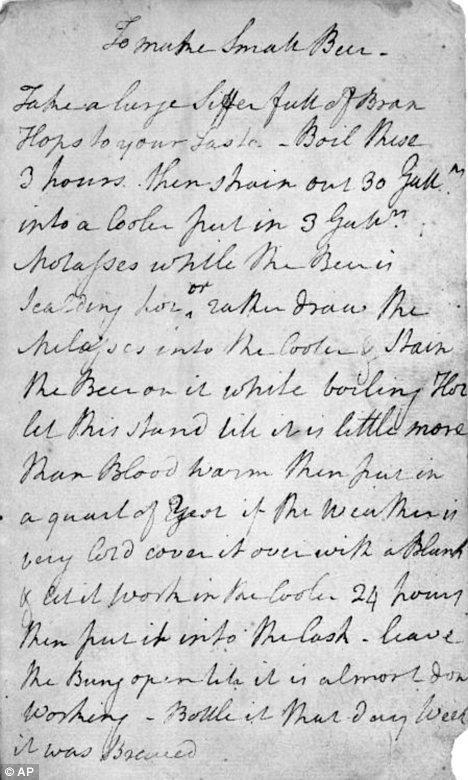TimT
Well-Known Member
- Joined
- 26/9/13
- Messages
- 2,094
- Reaction score
- 587
The topic of molasses in brewing comes up occasionally, usually to universal disdain. Brewers who have used molasses as a base are horrified by the results and those who haven't are even more horrified.
But people used to use molasses in beers *all the time*. It was an extremely common ingredient. Look around for a few old recipes and you'll see it appear as a base fermentable again and again. True, not as a high quality ingredient: its use seems to have been confined to the house and as a simple ingredient used to make ale for soldiers, sailors, etc. But if it was so universally dreadful it would hardly have been as popular as it was.
So: what exactly do you do with molasses to turn it into a good - as opposed to just drinkable - beer?
My theory is it's used in combination with a lot of spices. Cloves, allspice, ginger (which wild yeast loves, so it probably contains lots of nutrients for ale yeast), cardamom, cinnamon, and other strong, sweet, spicy, and tanniny herbs appear in a lot of molasses recipes.
In addition, I wonder if molasses was often used in combination with other sugars - ie, to round out a small portion of apple juice, or given more complex flavours by being mixed into water with honey, etc. In this way the final brew would attain much more body and richness.
The type of molasses used probably affects the quality of the beer, too: the first, richest pressings from the sugar cane would presumably have more complexity of flavour that would make for a more interesting ferment. (And, I've just discovered, some molasses are treated with sulfur dioxide to preserve them, which would account for the attractive rotten-egg notes to my small run of Jane Austen-style spruce beer last year)
And, I'm sure, it depends a bit on the yeast too: molasses would ferment out fairly quickly, though some yeasts would presumably add a lot more esters/congeners/additional smells and flavourings than others.
Beyond that it's all speculation, and I'd love to hear your views on what to do to turn molasses into a fine beverage.
Not that I'm going to do it, but if I were (and I'm not), how would you recommend I go about doing it (which I wouldn't)? Have any of you had experience going about this (and I'm sure you haven't - but if you have)?
With our combined knowledge we can boldly advance back into the 18th century!
But people used to use molasses in beers *all the time*. It was an extremely common ingredient. Look around for a few old recipes and you'll see it appear as a base fermentable again and again. True, not as a high quality ingredient: its use seems to have been confined to the house and as a simple ingredient used to make ale for soldiers, sailors, etc. But if it was so universally dreadful it would hardly have been as popular as it was.
So: what exactly do you do with molasses to turn it into a good - as opposed to just drinkable - beer?
My theory is it's used in combination with a lot of spices. Cloves, allspice, ginger (which wild yeast loves, so it probably contains lots of nutrients for ale yeast), cardamom, cinnamon, and other strong, sweet, spicy, and tanniny herbs appear in a lot of molasses recipes.
In addition, I wonder if molasses was often used in combination with other sugars - ie, to round out a small portion of apple juice, or given more complex flavours by being mixed into water with honey, etc. In this way the final brew would attain much more body and richness.
The type of molasses used probably affects the quality of the beer, too: the first, richest pressings from the sugar cane would presumably have more complexity of flavour that would make for a more interesting ferment. (And, I've just discovered, some molasses are treated with sulfur dioxide to preserve them, which would account for the attractive rotten-egg notes to my small run of Jane Austen-style spruce beer last year)
And, I'm sure, it depends a bit on the yeast too: molasses would ferment out fairly quickly, though some yeasts would presumably add a lot more esters/congeners/additional smells and flavourings than others.
Beyond that it's all speculation, and I'd love to hear your views on what to do to turn molasses into a fine beverage.
Not that I'm going to do it, but if I were (and I'm not), how would you recommend I go about doing it (which I wouldn't)? Have any of you had experience going about this (and I'm sure you haven't - but if you have)?
With our combined knowledge we can boldly advance back into the 18th century!





